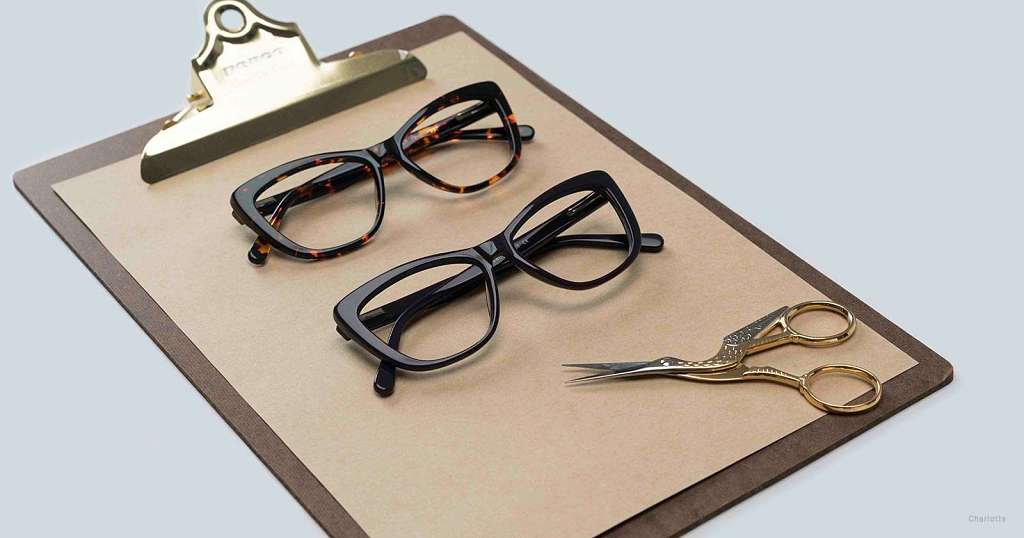Sunglasses are a necessary accessory for many people. They ensure vision on bright days and protect against eye-harming UV rays. Unfortunately, sustainable sunglasses can be hard to come by, especially if you don’t know what to look for when shopping. Many products on the market rely on plastic materials and durable but non-sustainable composites that usually find their way to landfills and contribute to the global issue of plastic pollution.
Luckily, more and more eyewear manufacturers are opting for biodegradable or recycled frames. If you know what materials and production processes are truly earth-friendly, you can find a pair of sustainable sunglasses that won’t harm the environment.
Eco-Friendly Products Gaining Popularity
If you are interested in the idea of sustainable sunglasses, you aren’t alone. According to a report by Forbes, 62% of Gen Z consumers actively seek eco-friendly brands when shopping. A similar percentage of millennials make the same choice. Furthermore, half of the shoppers in these demographics are willing to spend up to 10% more on products that won’t harm the environment.
Manufacturers are responding to this demand in different sectors, including eyewear.
Today, more biodegradable options are coming into the market, and you can seek out eco-friendly sunglasses in almost every frame shape and size.
The first step in shopping for these products is understanding the different materials that are currently available. Eco-friendly options are made from recycled plastic, wood, metals, or biodegradable composites, such as acetate.
The good news is that these materials can meet your style needs and durability requirements just as well as their plastic counterparts. In fact, they can often provide superior style and ruggedness.
If you want, you can dive deeper to gain an understanding of how these different products get made and what happens to them after you throw them away or recycle them.
Here’s everything you need to know about selecting the perfect pair of sustainable sunglasses.
Materials Used for Sustainable Sunglasses
There are three main types of materials for sustainable sunglasses. Each brings distinct advantages, but they all provide an earth-friendly alternative to standard injection-molded plastic options.
Traditional Materials: Wood and Metal
The first option is a traditionally sustainable material. The choices here include wood and metal sunglasses. This type of eyewear can provide a very distinctive style. Many sunglasses seek to mimic the appearance of wood or metal using cheaper plastics, so you have the chance to show off the real thing if you opt for one of these elements.
There is another point to consider if you opt for wood. You need to research the manufacturer to ensure that the wood is sustainably sourced. This means that the trees used in manufacturing are replaced by other trees after harvesting. Eco-friendly glasses are made from different types of wood, from maple to teak to pine. Bamboo is especially sustainable because it’s fast-growing and therefore easy to replace after harvesting.
Metal frames, meanwhile, are made from aluminum, stainless steel, or nickel. Some high-end models use titanium, and composites like beryllium are also available.
Many metals are highly recyclable. Stainless steel, for example, can get melted down and repeatedly recast without losing its integrity. This quality can make metal attractive to people who want genuinely sustainable eyewear.
The drawback is that quality metal and wood eyewear is more expensive than standard plastic options. But, luckily, a good sale or promotion is never too far away!
Earth-Friendly Composites: Acetate
Cellulose acetate is a biodegradable composite, sometimes described as a plant-based plastic. It’s a very popular material for eyewear designers because it can come in different colors, finishes, and levels of transparency. Furthermore, it’s more flexible and durable than plastics made by an injection molding process.
Cellulose acetate isn’t melted and injected like regular plastic. Instead, the manufacturer forms it into large blocks layer by layer. The sunglass designers then cut and shape this raw material and polish it to make the different parts of the frame. This process makes it less brittle than petroleum-based plastic.
Even though it’s often categorized as a plastic, acetate comes from wood and cotton fibers, and it doesn’t rely on petroleum-like non-biodegradable synthetics. It has other advantages, as well like being hypoallergenic, so it’s the ideal option for people with sensitivities to materials or chemicals.
Acetate sunglasses are often competitively priced, and their durability and quality make them a better value than standard plastic eyewear. Check out our range of acetate sunglasses for a wide variety of styles and colors.
Recycled Materials: Plastics
Recycled plastic is the third material option for sustainable sunglasses. These products rely on plastics that were previously used for another purpose.
For example, some products in this category rely on plastic from recycled water bottles, like our 5 TO SEE collection, with each pair being made from five bottles. By reusing this non-biodegradable material, manufacturers are saving it from a landfill or from turning into pollution-causing microplastics.
If made correctly, recycled plastic sunglasses have the same durability and quality as products made with non-recycled sources.
But, how exactly are recycled plastic sunglasses made? Let’s take a closer look at the process.
How Recycled Plastic Sunglasses Are Made?
Here’s how a water bottle or other type of petroleum-based plastic product gets from your recycling bin to a pair of sunglasses:
- A recycling company collects plastics and takes them to a facility. In addition to recycling programs, some companies harvest discarded plastic from the ocean.
- The plastics then get cleaned and sorted. The sorting process ensures that manufacturers who need specific types of plastic get the materials that they need to make quality sunglasses. There are actually numerous types of plastic. Two of the most common for reuse are Polyethylene Terephthalate (PET) and High-Density Polyethylene (HDPE). The plastic can come from different products as long as it gets combined with the same type of plastic during melting.
- Plastics of the same type can get melted together without separating. The liquid gets cooled and formed into small plastic pellets that manufacturers can use to make new products. Most recycling services create these tiny pieces because they provide flexibility and easy transport. Manufacturers can re-melt them quickly and use them for injection molding. Also, some processors mix additives to improve the quality of the plastic during melting and pellet formation.
- Companies purchase and liquify the recycled pellets and use the mixture in an injection molding process to create the shape of the sunglass frames. They can add coloring and alter the consistency according to their design needs. The result of this process is a pair of sunglasses made from recycled plastic.
Why is Recycling Plastic Good for the Environment?
Plastic is not biodegradable, so it will remain in a landfill for centuries if not recycled. Also, many varieties of plastic are photodegradable. This means they break down over a long period if exposed to light.
This creates sand grain-size and dust-like microplastics, which can contaminate soil and water and even float into the air. Researchers told Smithsonian Magazine that microplastics are able to stay in the air for weeks and move to remote parts of the globe. This phenomenon makes plastic pollution a truly global problem.
Though scientists are working on ways to break down plastics, recycling is currently the best method for reducing plastic waste and fighting the problem of microplastics. Purchasing recycled products, including sunglasses, can support this effort.






